How to grow a fig tree
Find out how to grow a fig tree so you can enjoy the luscious fruits it produces
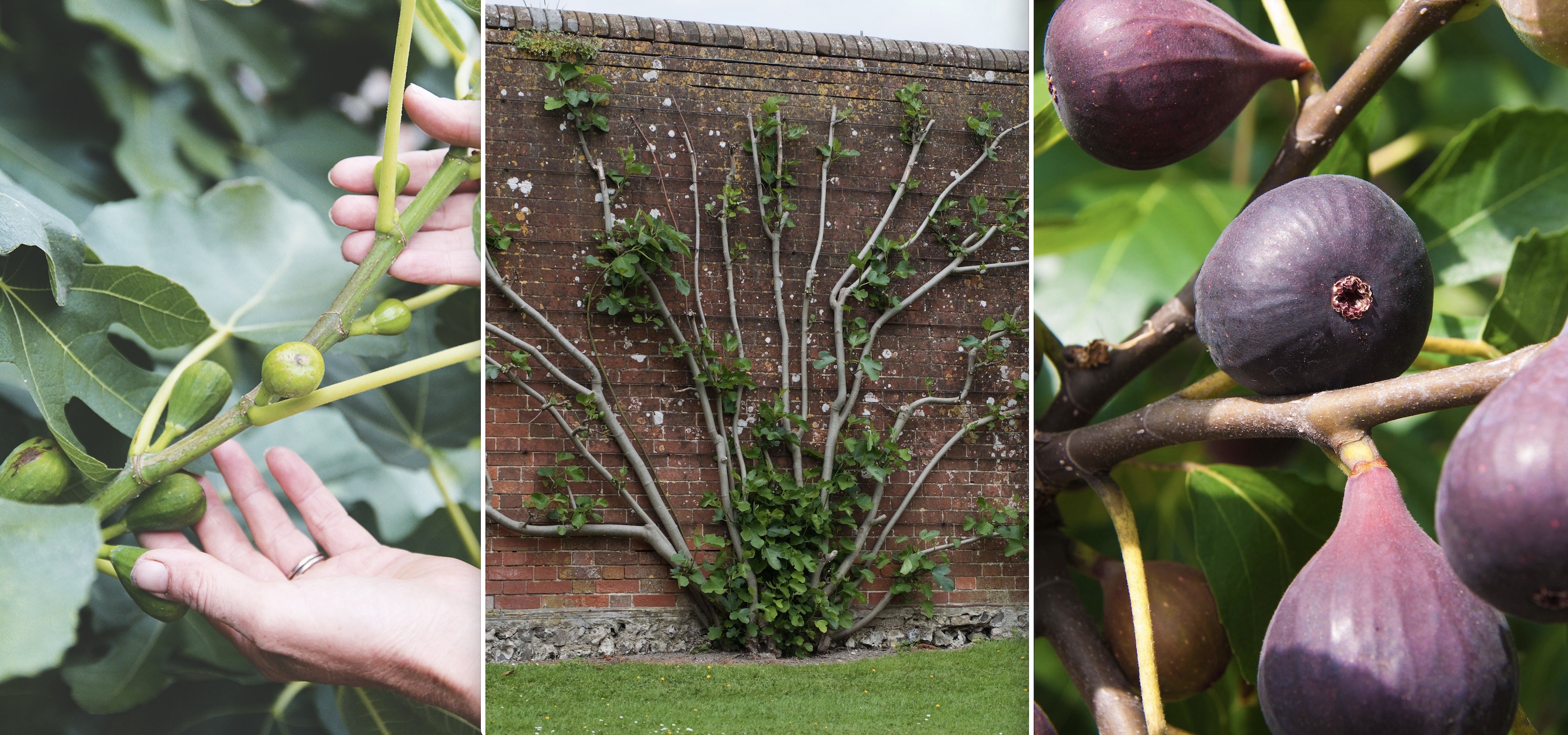

Wondering how to grow a fig tree? With their glossy green, fan-shaped leaves, scented foliage and sweet, fleshy fruit, fig trees bring a touch of the exotic to the backyard.
One of the best fruit trees to grow, these Mediterranean plants enjoy hot weather and well-drained rocky soil – but you can replicate these conditions in any yard with a little care.
Here, we provide expert advice on how to grow a fig tree in the ground or a container, how to care for it, and how long it will take to bear fruit.
How to grow a fig tree
Planting fruit trees successfully means considering your location and climate. In a cooler climate (zone 5 and below), a container-grown fig that can be brought inside to overwinter will have the best chance of growing well and providing an abundant harvest. In zone 6, they can be grown in a yard with winter protection. And they are hardy in zones 7 and 8. This is what you need to know about how to grow a fig tree.
How to grow a fig tree in a container
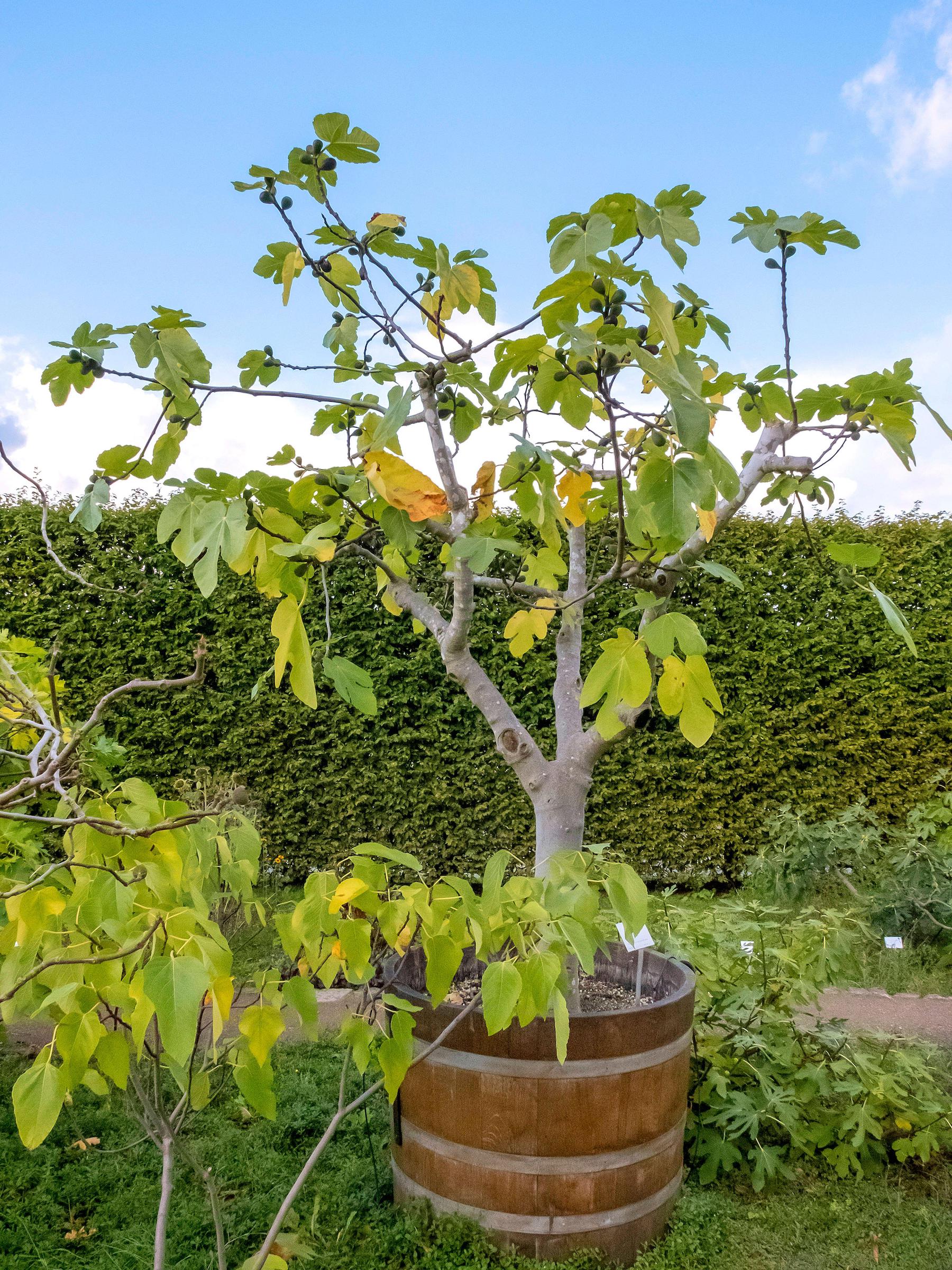
For a reliable crop and easy protection of your plant, growing a fig tree in a container is the best option. The restricted root growth actually works to your benefit, as it means the tree produces more fruit.
Pot a young fig tree in early spring in a deep container around 12 to 15in (30 to 38cm) in diameter. The plant will flourish best in a rich compost with adequate drainage. Drill additional holes in the base of the container to prevent waterlogging, put a layer of crocks at the base, and raise the pot on feet to allow water to drain away. Don’t forget to water the tree, though – it doesn’t like to sit in water but if it’s left too dry, its fruit will suffer.
‘A half-barrel with drainage holes drilled in the bottom makes the ideal container for a fig, as long as it can be moved inside a cool glasshouse or a polytunnel over the winter,’ says sustainability and horticultural expert Tom Petherick, author of Sufficient: A Modern Guide to Sustainable Living.
Container-grown figs are best kept compact, so should be grown as a bush with a short stem.
‘Choose the less vigorous varieties of fig for growing in containers. They like a free-draining compost and any roots that protrude from the drainage holes must be removed as fig roots are very vigorous. Trees restricted in this way will fruit more readily.’
Established plants may need repotting every two to three years. Prep your fig tree for the move by shaking or brushing any loose compost from the roots, then trimming thicker roots before replanting in a slightly larger container.
How to grow a fig tree in the ground
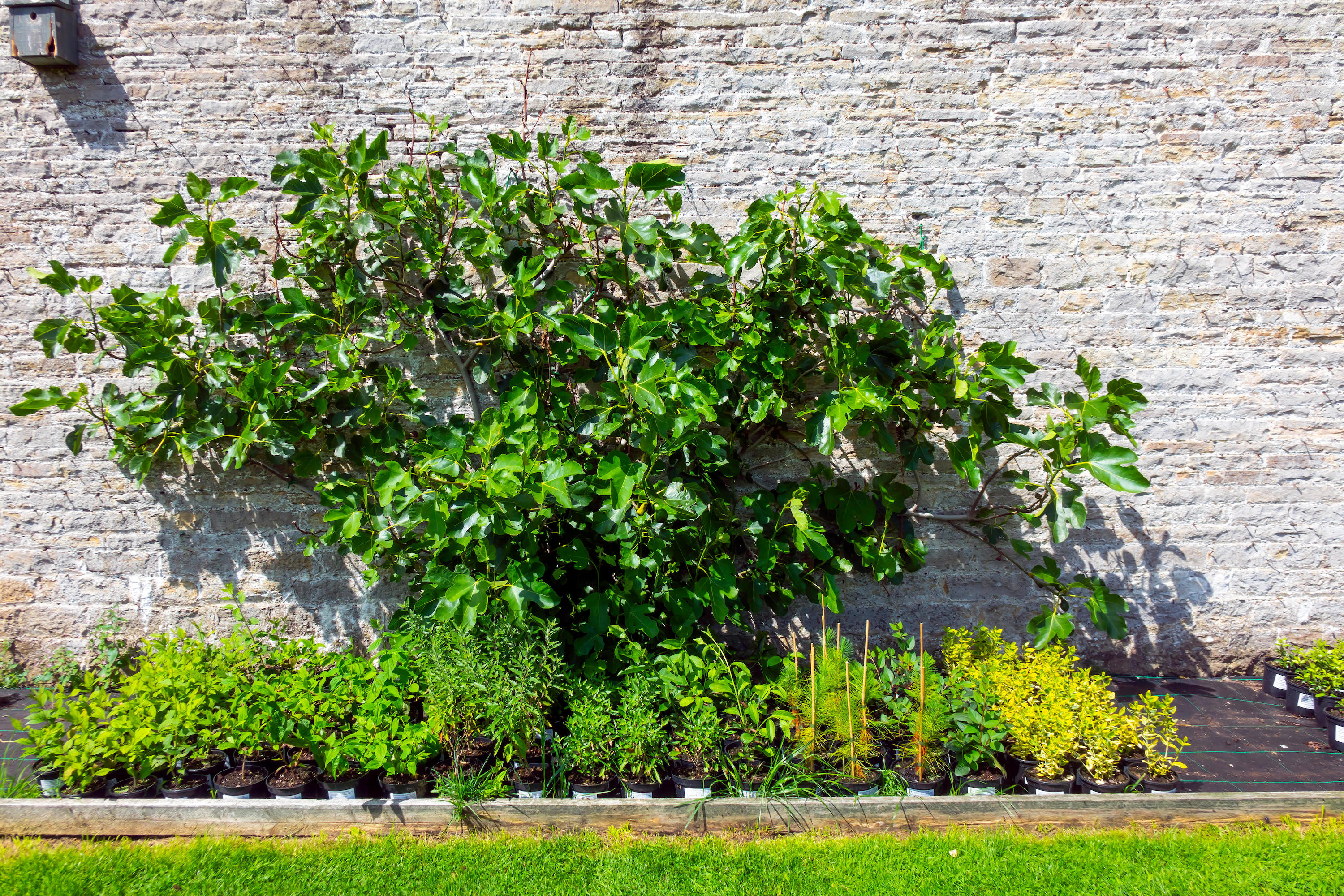
Even if a fig tree is growing in the ground, rather than in a container, you will need to ensure its vigorous roots are restricted. Dig a deep hole, then part fill it with rubble or line the hole with paving slabs – the tree’s long tap root will be able to source the water it needs.
Put well-rotted manure in the base of the hole, position the tree, then fill around it with compost before firming it in and watering well.
Where to position a fig tree
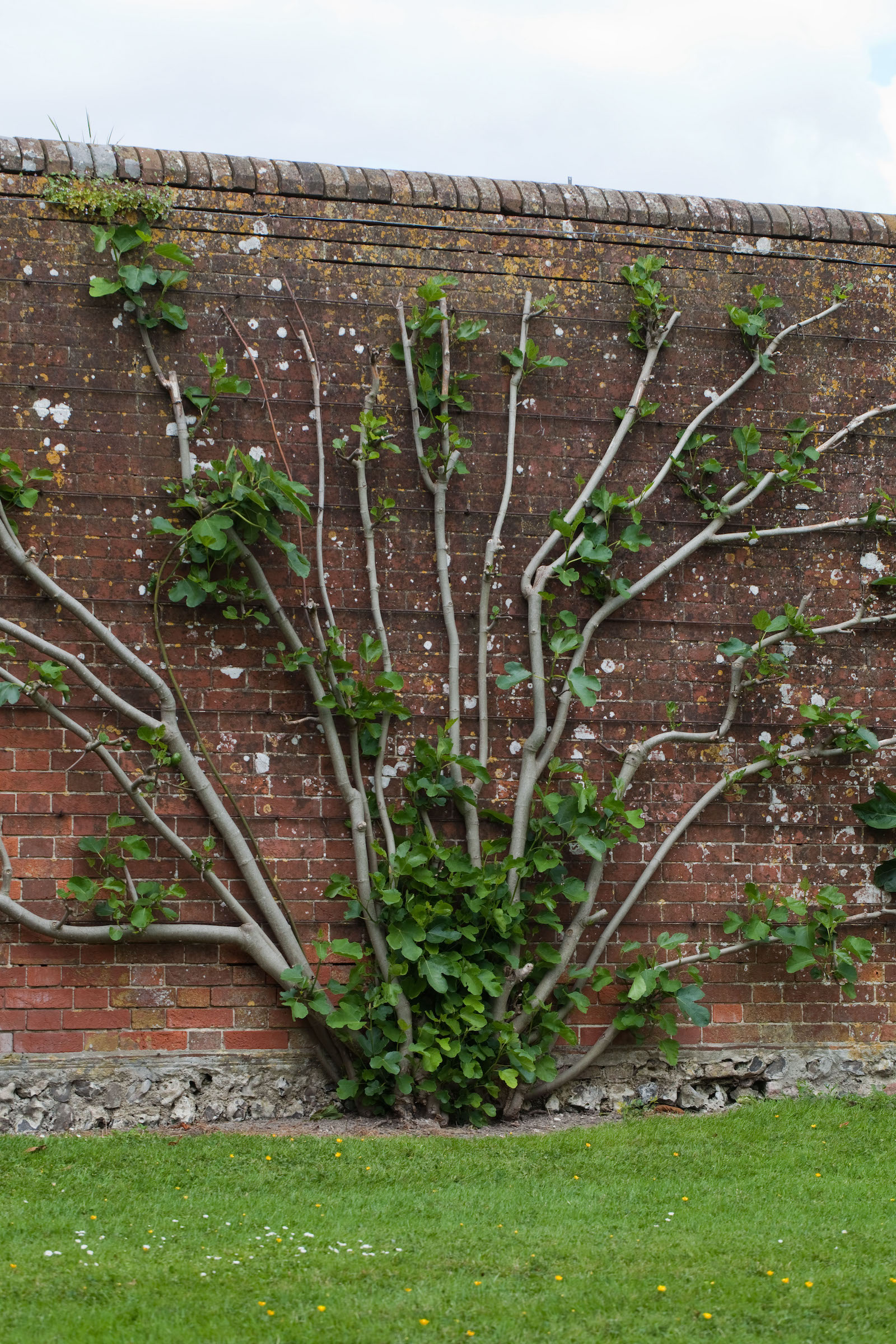
Whether in a pot or the ground, fig trees need a warm and sunny location in order to thrive. ‘During the summer months, figs must have access to full sun at all times to give the fruit a chance to ripen,’ explains Tom Petherick.
The advantage of growing a fig tree in a container is that it can be moved to a protected spot during the cooler months, but you may decide to enjoy its lush leaves and spreading branches in your garden all year round.
Place a tree close to a wall, where warmth can radiate from the brickwork at night to help the development of the fruit.
‘Fig trees can be grown up a wall but have strong roots that can cause damage to foundations, so be mindful of this and never plant them less than 3ft (1m) from a building,’ says horticulturist and botanist Frances Tophill, author of The Modern Gardener.
Looking after a fig tree
‘It takes three years of pruning to establish the shape of a fig tree – goblet shaped is ideal. The center of the tree must be kept open to let in light and air and to prevent disease,’ says Tom Petherrick. This can be achieved when pruning a fig tree.
Feed the tree every fortnight with a potassium-based food to help with formation of the fruit. In addition, mulch annually with compost or well-rotted manure to enrich the soil around the fig tree. This will also help control weeds around the base of the tree.
Figs are native to Syria and Persia, so do best in a warm climate – which can be a challenge in some states in the winter months. Unless your garden is blessed with year-round mild weather, you’ll need to protect a fig tree from frost, snow and harsh conditions.
Container-grown plants can be moved into a greenhouse, conservatory, garage, shed or barn in the winter months. If you can’t move the pot, or the fig tree is growing in the ground, then carefully wrap the tree’s branches in bubble wrap, straw and hessian sacking, or horticultural fleece. Remove when the risk of frost has passed.
How fig trees are pollinated for fruiting
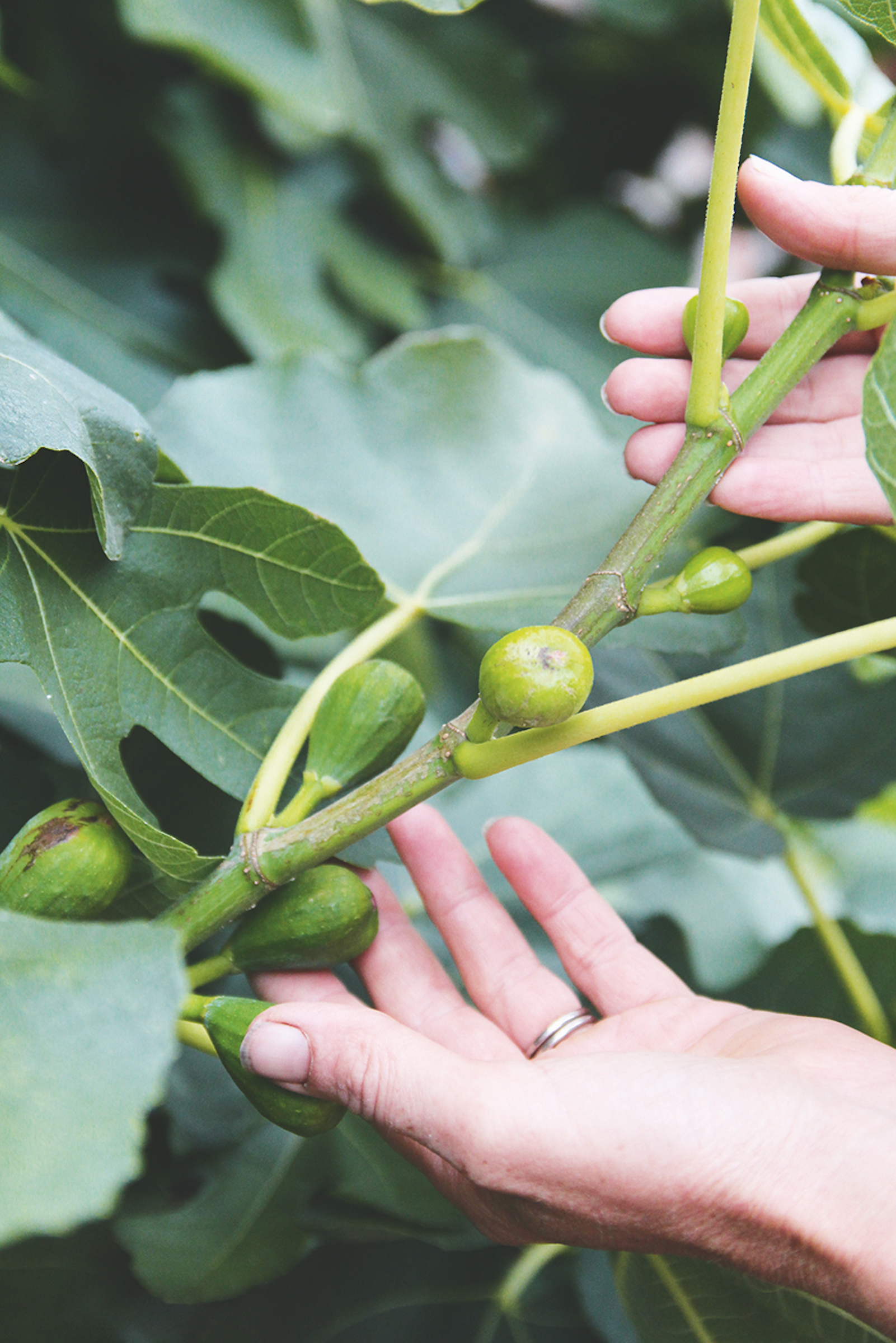
‘Figs are majestic and lush trees. The fruit itself has a fascinating life cycle that is not for the faint-hearted,’ says Frances Tophill.
Fig trees are self-fertile, which means you only need one tree in order for fruit to grow.
‘A pregnant fig wasp enters the developing fruit with pollen on her. This fertilizes the fruit and allows it to develop,' explains Frances. 'Inside the fruit, the wasp lays her eggs and then dies. So in every fertilized fig there is dead wasp. Don’t let that put you off, though – they are still delicious.’
Get the best fruit from your fig tree
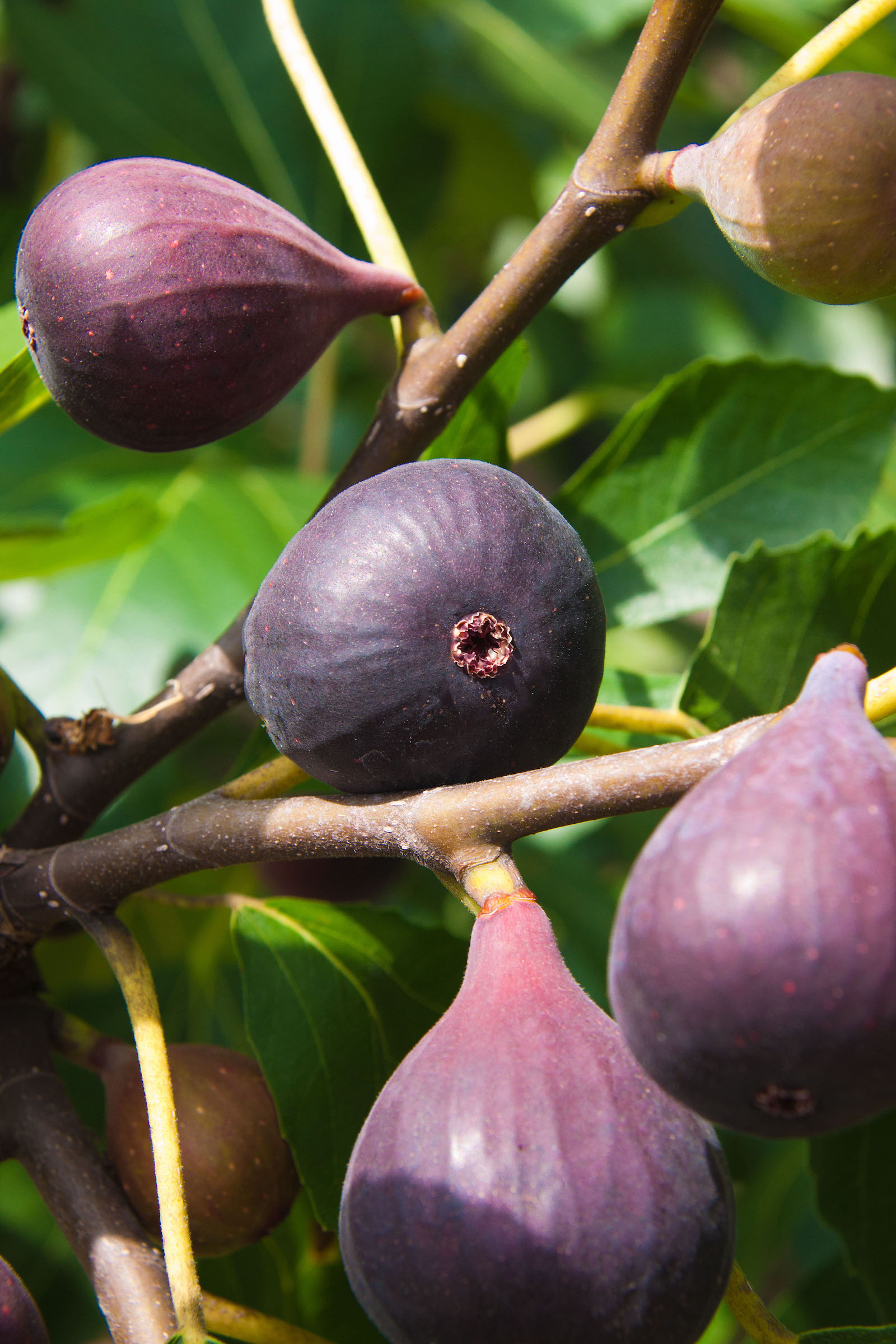
In cooler climates, you can expect just one fig crop per year from an outdoor tree. In warm climates, you can be fortunate enough to get two crops of figs per year.
After pruning in the summer, the fruits will begin to grow on the new shoots. They will be pea-sized by late summer, and will remain on the plant throughout the fall and winter, as long as they are protected from frost.
These overwintered fruitlets are known as ‘embryo’ figs. When spring comes around again, the embryo figs will begin to grow and ripen – they will be ready for harvest from August through late October.
Protect your crop from hungry birds and squirrels by covering your fig tree with netting.
Are figs easy to grow?
Yes, figs are easy to grow so long as they are in a sunny position, are fed regularly during the growing season, and watered – but not waterlogged – they should do well. What’s essential unless you live in a warm, Mediterranean-style climate, is that you protect the tree from frost and cold in the winter months.
How long does it take a fig tree to bear fruit?
It may take two or three years for a young fig tree to establish and to bear fruit. After that, you can expect to harvest figs – one crop a year – or more if you live somewhere warm and sunny.
Sign up to the Homes & Gardens newsletter
Design expertise in your inbox – from inspiring decorating ideas and beautiful celebrity homes to practical gardening advice and shopping round-ups.
Andrea has been immersed in the world of homes, interiors and lifestyle since her first job in journalism, on Ideal Home. She went from women's magazine Options to Frank. From there it was on to the launch of Red magazine, where she stayed for 10 years and became Assistant Editor. She then shifted into freelancing, and spent 14 years writing for everyone from The Telegraph to The Sunday Times, Livingetc, Stylist and Woman & Home. She was then offered the job as Editor on Country Homes & Interiors, and now combines that role with writing for sister title homesandgardens.com.
-
 Ina Garten's storage pantry is an insightful window into all of the best cookware used by the chef – and it's easy to recreate on your kitchen shelves from $48
Ina Garten's storage pantry is an insightful window into all of the best cookware used by the chef – and it's easy to recreate on your kitchen shelves from $48The beautiful dishware in The Barefoot Contessa's Hamptons pantry showcases the tools she uses most often to cook – this is exactly how you replicate it
By Sophie Edwards Published
-
 Extend the lifespan of your appliance with 5 simple but crucial washing machine maintenance tips
Extend the lifespan of your appliance with 5 simple but crucial washing machine maintenance tipsFrom cleaning the filters to keeping the door open, experts reveal the washer tips they swear by
By Andy van Terheyden Published